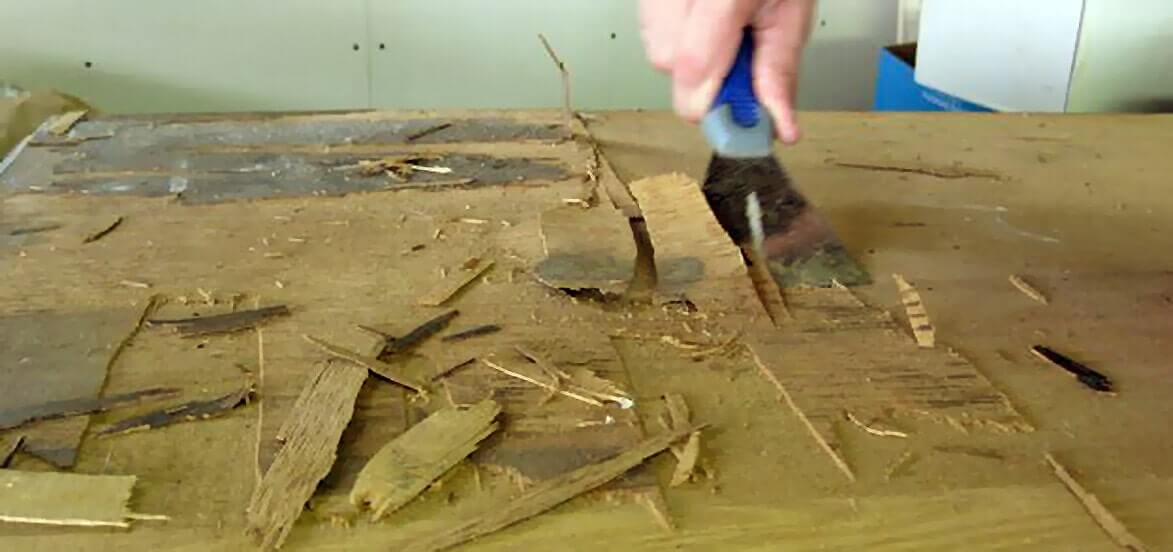How To Repair Water Damage On Wood Furniture
Unsure of whether to discard or fix furniture that was damaged by a flood? You can save money and avoid having to replace water-damaged wood furniture too soon by learning how to fix it with the help of expert for water damage repair in Anaheim.
The effects of water on wood furniture
Since wood is an organic material, it is very prone to mold growth and rot when exposed to moisture, especially if no protective measures are taken. A higher moisture content can cause wood to swell and move. The wood finish on wooden furniture can also leave watermarks or stains.
For instance:
Dark watermarks indicate that the wood finish has already been soaked by water.
Tiny traces indicate that the stain is still present on the surface.
Removal of water damage from wood furniture
The majority of water damage is far from irreversible, and you’ll discover that water stains on your wood surface can frequently be eliminated. The degree of the stain and the state of the wood both play a role in this.
When restoring wood furniture that has been harmed by water, keep the following in mind:
Furniture drying
Allow your damaged furniture to sit in direct sunlight for 24 hours to remove moisture (minimum). Artificial methods, such as a blowdryer or hairdryer, might only dry the surface, potentially doing more harm. Drying out your furniture properly requires patience. The wood may warp, split, break, or move if the drying process is rushed or uneven. To get a good result, dry it as naturally and completely as you can. Take your time and be patient.
Remove the finish from the wood
To remove any wood finishing, use a paint and varnish stripper. The easiest way to get rid of difficult stains without sanding down layers of wood is to strip them. Apply the stripper with a clean paintbrush to the troubled areas, then watch for the chemical to oxidize (it will begin to bubble).
Scrape off the stripper and softer finishing from the furniture using a scraping instrument like a putty knife. After completely disassembling the furniture, sand the damaged area to remove any extra finishing with 100- to 150-grit sandpaper. Use a clean paintbrush to then remove any remaining wood dust.
Sand the wood
A smaller finishing sander is perfect for getting an incredibly smooth surface at the end, while a belt sander will do the fastest and cleanest sanding, especially on top of your furniture’s larger flat surfaces. You might want to use these two tools to polish up your old wood furniture for an impeccable result.
Repair loose joints
Use 150-grit sandpaper that has been folded or rolled between the joints to gently remove any remaining glue. Make use of a clean paintbrush to sweep away wood dust and sanded glue. Spread wood glue inside the joint, reattach the piece and secure it for 12 to 18 hours with clamps or braces. For any difficult-to-glue areas, such as the corners of a dresser, or decorative elements that require the reattachment of intricate or delicate, raised wood, use epoxy wood glue. You need to take help from professional for water damage restoration in Anaheim.
Furniture: Paint or Stain
Apply waterproof stain with a clean paintbrush in broad, even strokes, making sure to match the color with the rest of the furniture piece. Then, wipe away any extra stains with a clean shop rag. Use paint that is based on latex enamel if you are painting the furniture. Paint or stain should be applied twice. Never apply the second coat until the first has completely dried.
Furniture Varnish
Use a clear, water- and insect-resistant varnish if you decide against staining or painting your furniture. When the furniture is dry, use a clean paintbrush to apply two coats of varnish, allowing the first coat to dry completely before adding the second.
Remember, the first coat is finished drying when it is no longer tacky or sticky to the touch. If the second coat is applied before the first has dried completely, moisture will be trapped between the layers, which could take months or even years to completely dry.
Conclusion
Your water-damaged furniture can be expertly restored using this DIY fix if it is within your skill set, but occasionally the work may be too challenging or complex for you to handle on your own. Consult a professional water damage repair in Anaheim service provider to restore your prized wooden furniture if the water damage is beyond your level of expertise.
Professional water damage repair and restoration services are provided by some businesses. Expertsof EZ Flood Restoration USA have received thorough training in the proper restoration procedures for repairing and locating other damage.
By combining knowledge, modern tools, and the necessary equipment, hiring a professional water damage in Anaheim removal company can save time and money.


